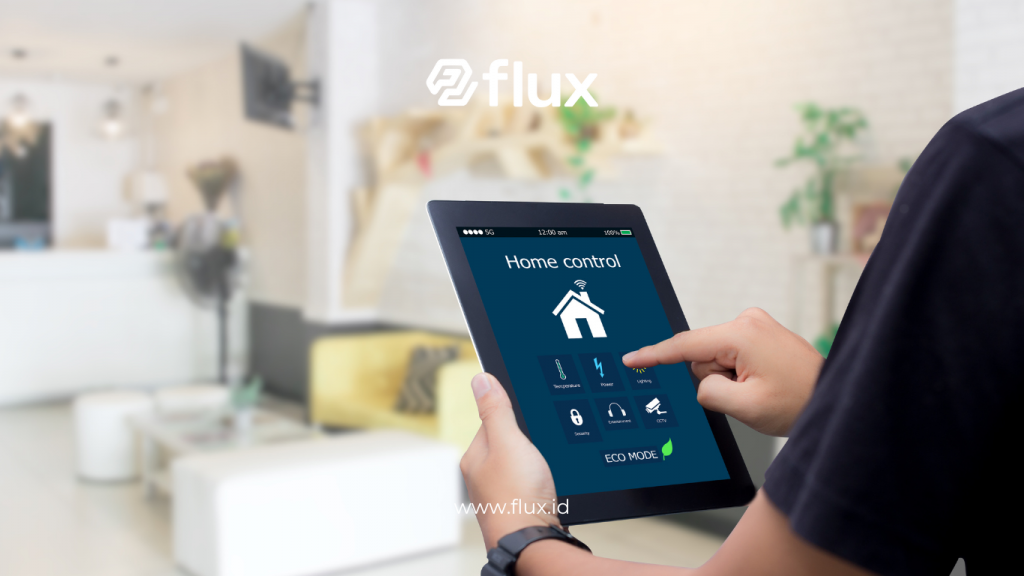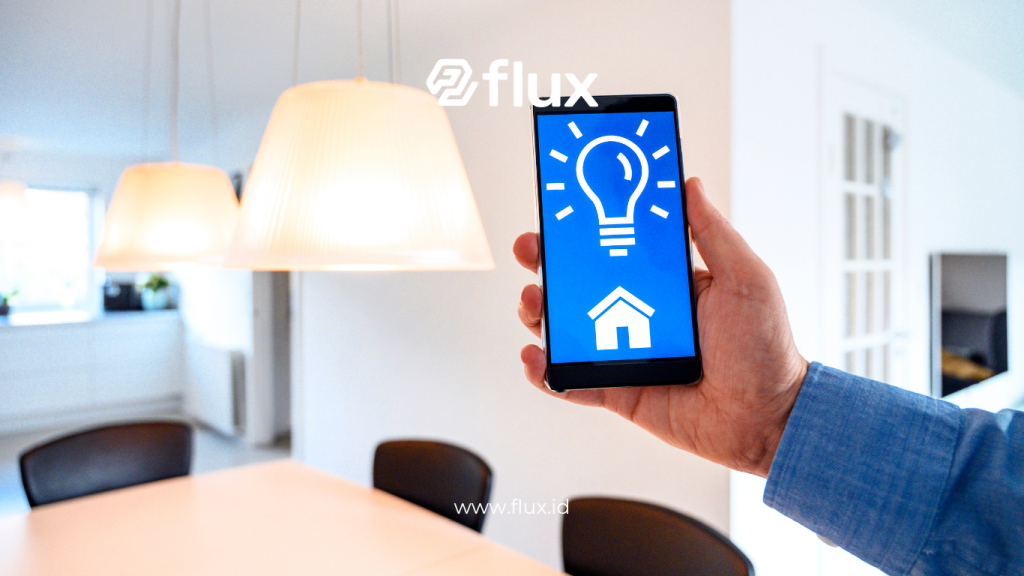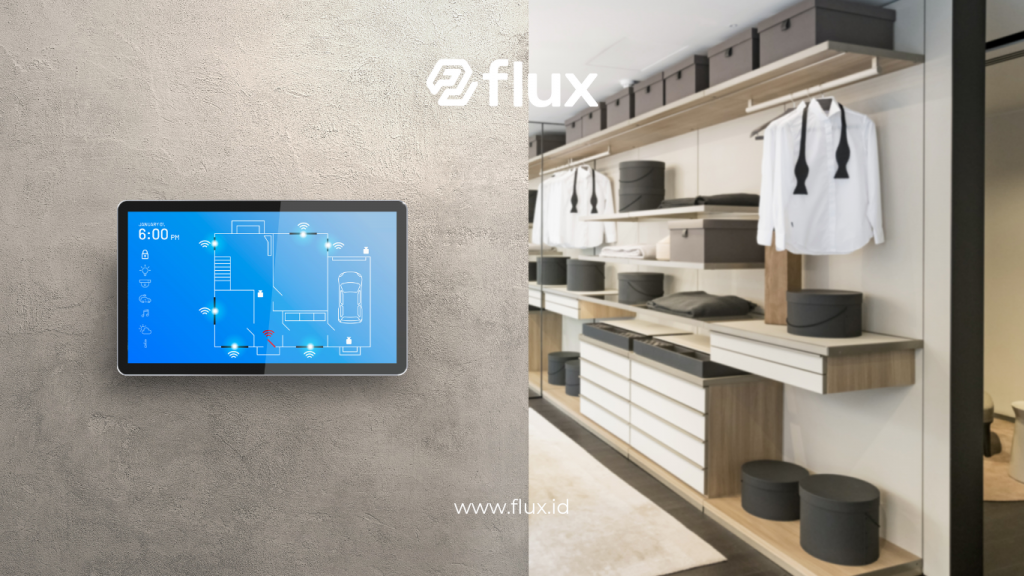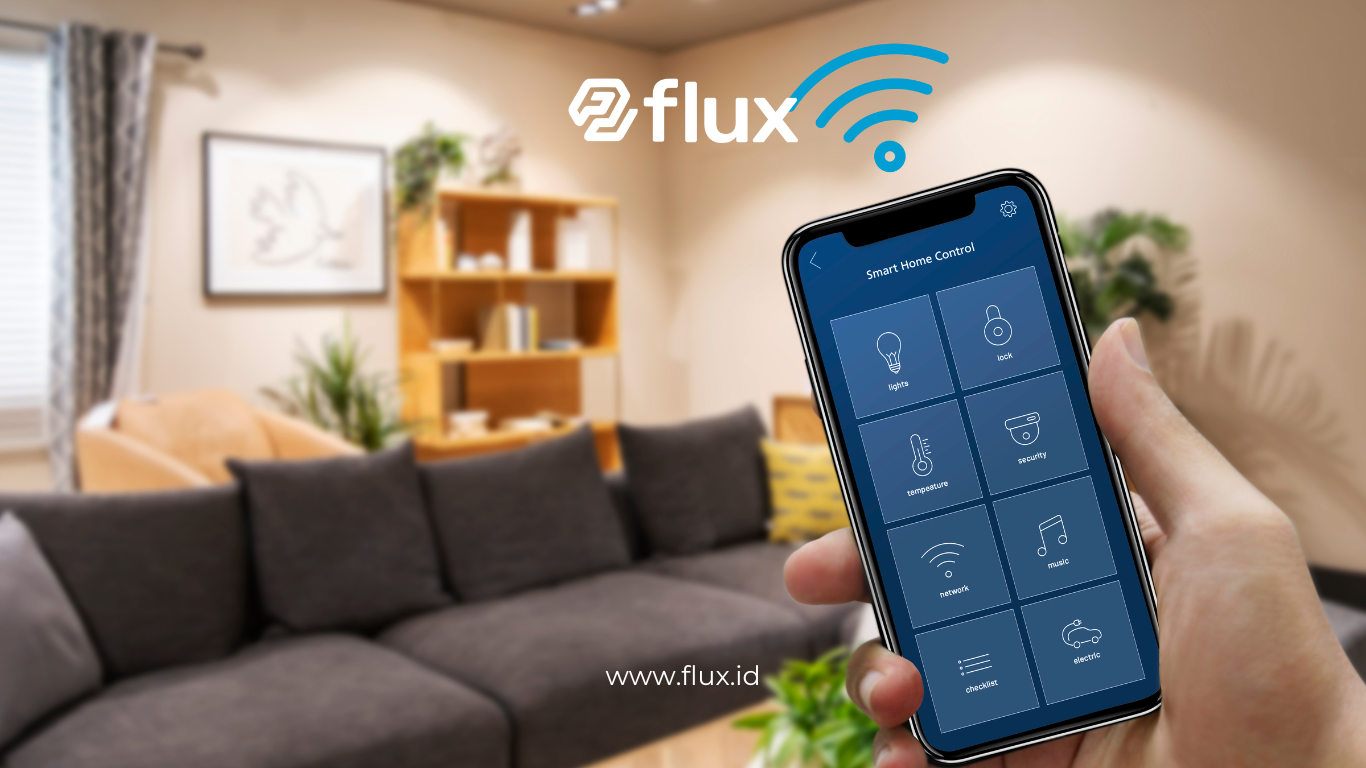Don't miss our holiday offer - 20% OFF!
Have you ever imagined a home that responds to your needs automatically? A smart home, connected with Internet of Things (IoT) technology, has become a reality for many. With IoT integration into daily life, homes are no longer just places to live but also intelligent, efficient spaces. This article will explore how IoT technology plays a role in shaping today’s smart homes, offering comfort and efficiency in various aspects of life.
Contents
What Is a Smart Home and IoT?

Read More: IoT and Smart Homes: Bringing Innovation to Every Corner of Your Home
A smart home refers to a home where devices are connected to the internet, allowing users to control them remotely or through automation systems. The Internet of Things (IoT) is the technology that enables these devices to communicate with one another, gather data, and take actions based on the information received.
For example, lights turning on and off based on your presence, or thermostats adjusting the room temperature according to your preferences, are examples of IoT technology applied in a smart home setting.
Benefits of Using IoT in Smart Homes

Read More: Bringing the Future to Your Home: The Advantages of IoT in Smart Homes
1. Convenience and Comfort
With IoT, you can control various home devices such as lights, doors, security cameras, and even appliances remotely or through an automated system. This technology provides more flexible and automated settings tailored to your needs. Additionally, the use of virtual assistants like Amazon Alexa or Google Assistant makes operating these devices through voice commands easier.
2. Energy Efficiency
Smart homes offer significant energy savings. Lighting and heating systems can automatically adjust based on time and usage, reducing energy waste. For example, lights and heating will automatically turn off when no one is in the room, helping save on electricity costs.
3. Enhanced Security
IoT plays a vital role in improving home security. Security cameras connected to an app allow you to monitor your home in real-time, even when you’re not there. Additionally, door and window sensors can send notifications if suspicious activity is detected, while alarms can be triggered automatically.
4. Better Temperature Control
Smart thermostat systems, like Nest, not only maintain room comfort but also help reduce energy usage. These smart thermostats learn your habits and adjust the temperature automatically, ensuring a comfortable home without energy waste.
5. Better Connectivity
IoT creates seamless connectivity between various devices in your home. All your smart devices can communicate with each other, enabling easier and more efficient settings. For instance, smart devices can alert you about the status of your home, whether it’s related to lighting, temperature, or security, all through a single app.
Types of IoT Devices Used in Smart Homes

Read More: IoT Application in Smart Homes: Optimizing Comfort and Security
1. Smart Lighting
Smart lighting devices are very popular in smart homes. These devices allow you to adjust the intensity and color of the light, and even program it to turn on or off at specific times. Using an app on your phone or a voice assistant, you can customize the lighting to create the desired ambiance.
2. Smart Thermostats
Smart thermostat systems like Nest and Ecobee monitor and automatically adjust the room temperature. This ensures that your home remains comfortable without needing manual adjustments every time. These systems also save energy by adjusting the temperature based on the inhabitants’ habits.
3. Security Devices
Security devices such as smart cameras and motion sensors are also integral to a smart home. With IoT technology, you can monitor your home via cameras connected to an app, providing real-time alerts if anything unusual happens. Smart locks also allow you to lock and unlock doors remotely, adding convenience and security.
4. Smart Appliances
IoT extends to household appliances such as refrigerators, washing machines, and ovens, which can be connected to the smart home network. You can control and monitor these devices via an app, making household routines more efficient.
5. Smart Irrigation Systems
Your garden and lawn can be automatically monitored and watered using smart irrigation systems. These systems connect to soil moisture sensors and weather data to ensure efficient watering.
IoT Apps for Smart Homes
Here are some apps that help you harness IoT technology for your smart home:
- Smart Lighting Apps Apps like Philips Hue allow you to control the lighting system in your home. You can adjust the light intensity and even change the color, creating the ambiance you want.
- Security Apps Security apps such as Ring or Nest Cam allow you to monitor your home via connected CCTV cameras and send notifications when suspicious activity is detected.
- Temperature Control Apps Smart thermostats like Nest and Ecobee have apps that let you adjust the temperature of your home automatically and save energy.
- Smart Appliance Apps With apps like Samsung SmartThings, you can control various smart appliances, such as refrigerators or washing machines, all from your smartphone.
Challenges of Using IoT for Smart Homes

Read More: Smart Home 101: Implementing IoT to Enhance Quality of Life
1. Security and Privacy
One of the biggest challenges with implementing IoT in smart homes is data security. Every device connected to the internet is at risk of hacking, so it is crucial to ensure adequate data encryption and other security measures are in place.
2. Integration Complexity
Integrating devices from different manufacturers into one connected system can be complicated. Not all IoT devices are compatible, and this requires careful planning and configuration.
3. Internet Connectivity Issues
Since all IoT devices rely on the internet, having a stable and fast connection is essential. If the internet connection is disrupted, these devices may stop functioning or respond slowly.
Solutions to Overcome Smart Home Challenges
To overcome these challenges, the following solutions can be implemented:
- Use encryption to protect personal data and devices from hacking threats.
- Choose compatible devices to make it easier to integrate various devices into a connected system.
- Ensure a stable internet connection to ensure optimal functioning of IoT devices.
The Future of Smart Homes and IoT

Read More: Artificial Intelligence and IoT: Transforming an Ordinary House into a Smart Home
The future of smart homes powered by IoT technology looks promising. With advancements in AI and automation, smart homes in the future will not only be more efficient but also more intuitive, adjusting to the needs of its occupants automatically. More affordable and user-friendly devices will allow even more people to embrace a connected lifestyle.
Conclusion
IoT technology has transformed the way we interact with our homes, offering increased comfort, efficiency, and security. While there are challenges to overcome, the significant benefits provided by smart homes make them an appealing choice for the future. As technology continues to evolve, smart homes will become even more connected, smarter, and more comfortable for their inhabitants.





